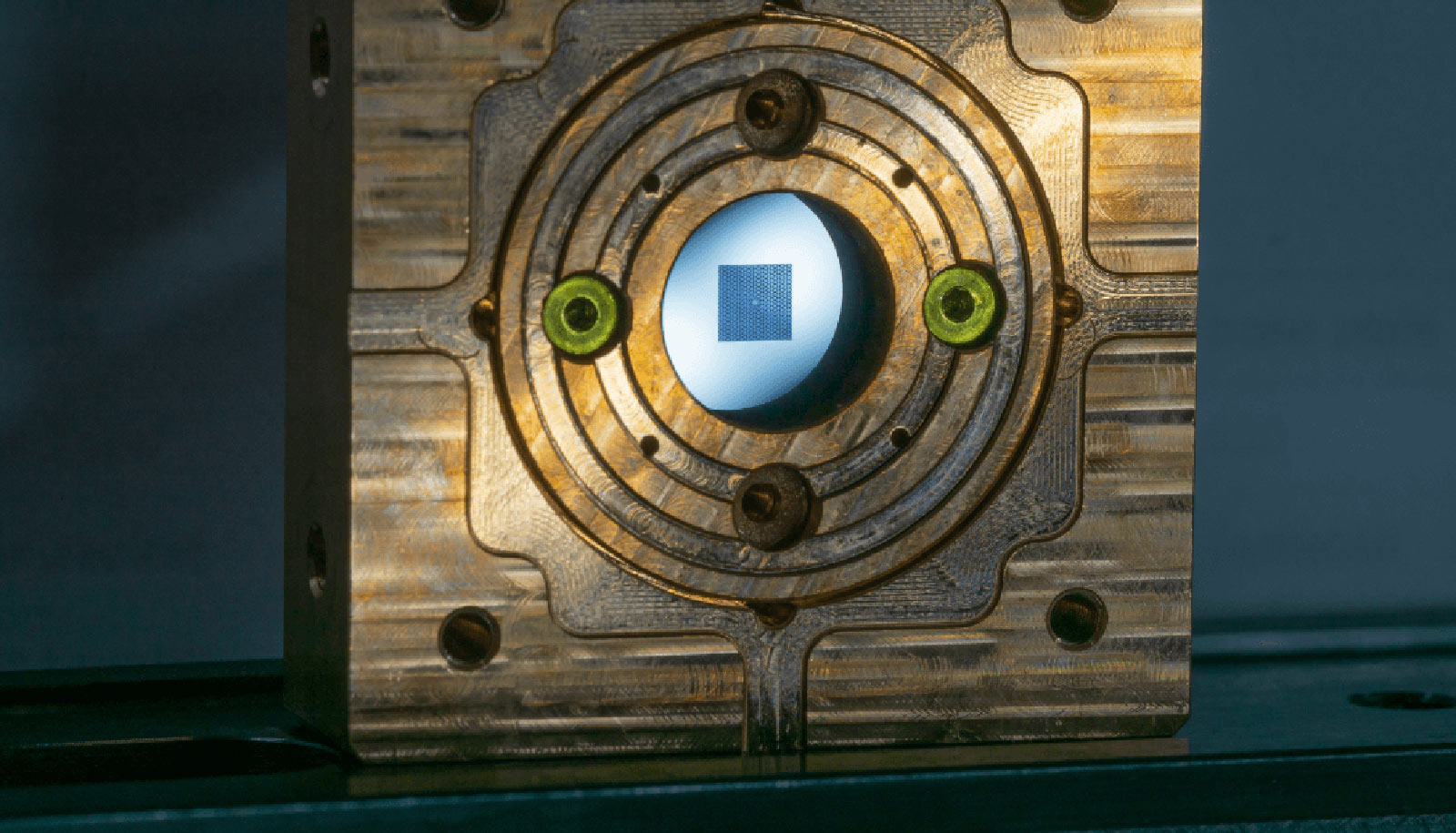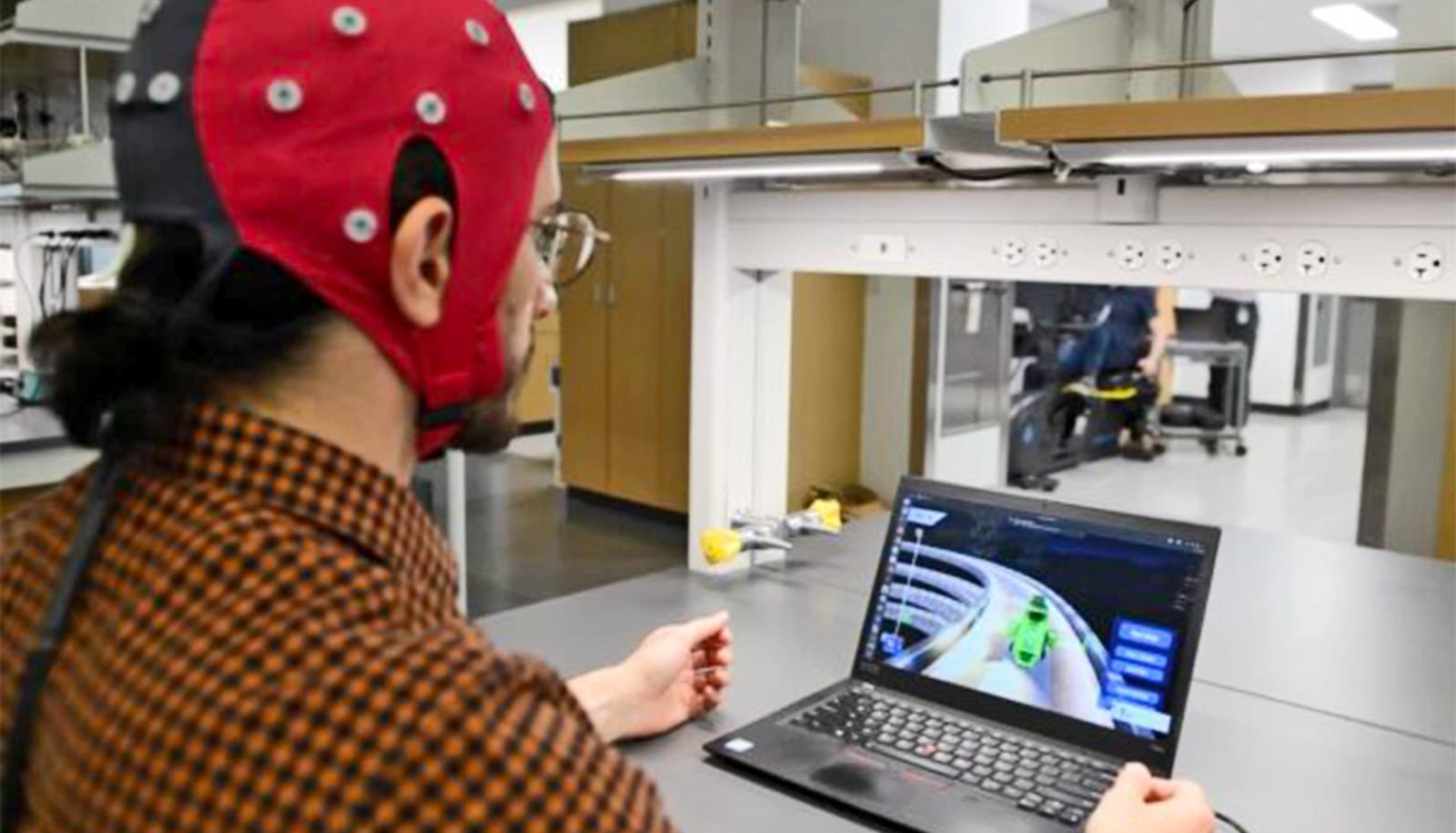The act of throwing—whether it’s a dart at a board or a ball of paper into a wastebasket—involves a complex trade-off between speed and accuracy.
Humans are uniquely able to throw fast and on target. Monkeys can—and do—throw things, but they’re really bad at it, scientists say.
For a new study, researchers used a series of calculations that look strictly at the physics of throwing to better understand the take-off between speed and accuracy.
“Once you launch the ball, there’s nothing you can do. The ball’s just going to carry out the consequences of what you did.”
One common theory is that the faster someone throws a ball, the more difficult it is to release it at exactly the right time.
But the new study, published in Royal Society Open Science, shows that even if a person is equally good at controlling the release at all speeds, faster throws will still be less accurate. The differences in accuracy between a fast throw and a slow one all happen after the ball is released.
“Once you launch the ball, there’s nothing you can do,” says Madhusudhan Venkadesan, assistant professor of mechanical engineering & materials science at Yale University. “The ball’s just going to carry out the consequences of what you did.”
Practice makes you better, but not perfect
The ball travels in a nearly straight line in fast throws, so errors in the angle at which the ball is released are amplified; small errors in controlling speed have no effect. The opposite is true for slow and curved flight paths, with small errors in the angle of release having little effect. It’s a trade-off that favors slower throws, Venkadesan says.
“What we find is that almost the slowest arc is often the most accurate,” he says. “We’ve compared these calculations to published data of people throwing into wastebaskets; we’ve compared it to a study on dart throwing.”
Of course, throwing at near-minimal speed wouldn’t work for most baseball pitchers, let alone our rock- and spear-throwing ancestors, whose hunting abilities were crucial to our evolutionary development.
“You don’t just want to be fast or just accurate, you want to be fast and accurate, and this work tells us that this is particularly challenging. The faster you are, the less accurate you are, so how can we be both? That’s a question we’re pursuing.”
Exception to the rule
Cricket fielding is one of the exceptions to the slow-is-more-accurate rule, the study shows. To strike the nearby vertical wickets, players fare better with a fast underhand toss.
So is it better to throw overarm or underhand? It depends on a lot of things, including the target shape, height, and distance. Experienced dart players, for instance, throw overhand (optimally releasing the dart 17 to 37 degrees before the arm becomes vertical, and at about 5.5 meters per second). On the other hand, if your wastebasket is fewer than three arm lengths away and below shoulder height, a gentle overhand toss is your best strategy.
Even without working out such calculations, most people throw in ways close to the mathematically optimal methods, Venkadesan says, noting this is likely a result of learning through trial and error over our lifetimes.
One exception is the underhand free throw in basketball. The now-retired Rick Barry set NBA records with his underhand technique. Calculations find that it has a marginal advantage over the overhand throw, but it has all but disappeared from professional basketball. Its nickname—the “granny throw” may be why, he says.
“One suspects there are social and cultural reasons you don’t see that practiced too often.”
Source: Yale University



